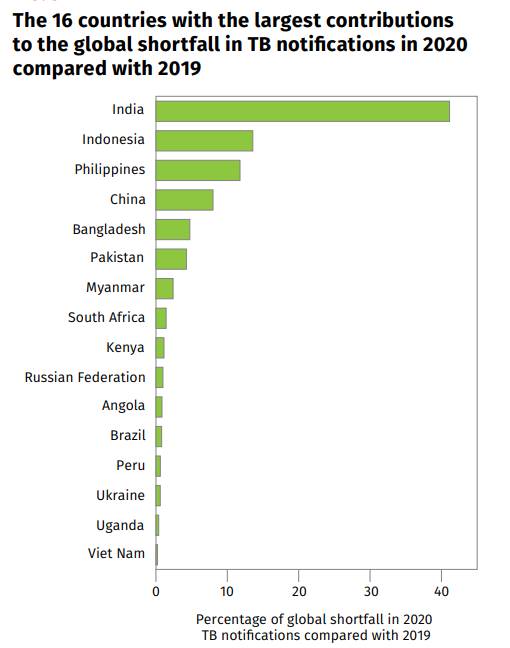Maharashtra launches door-to-door search for TB patients; mine and construction workers in rural areas to be in focus
To identify tuberculosis patients, the state government has launched a 10-day long search campaign amongst high risk groups such as workers in mines, construction, and kilns. Meanwhile, India has accounted for the largest dip in global shortfall in tuberculosis notifications. Is the pandemic to be blamed?


Volunteers, anganwadi and ASHA workers will be visiting door-to-door to diagnose TB patients. Photo: By arrangement
In a bid to diagnose tuberculosis (TB) patients in the state, the Maharashtra government has launched a 10-day long campaign from today, November 15, to November 25.
“The special TB campaign has started today. This is the rapid round, in which we are going house to house in high risk areas only. For example, workers in eent bhatta (brick kiln), buildings, construction sites, and mine workers,” Mamata Sonsare, medical officer district TB office, Nagpur told Gaon Connection.
“High risk groups have been identified in Nagpur district. Teams are visiting houses asking for symptoms and accordingly they are motivating patients for samples and X-ray. Both rural and urban areas are in focus,” she added.
The district TB officer said that the campaign is going on across Maharashtra.
As per the data shared by the District TB officer, 1,636 TB cases were notified in Nagpur so far this year. Two years back in 2019, a pre COVID19 year, 2,737 TB cases were officially notified. This is a drop of 40 per cent in two years.
The drop in notification is officially attributed to the COVID19 pandemic. Between July to October this year, 382 TB patients were notified.

Rs 500 for nutritious meal
Undernutrition is a significant factor for contracting TB. The Indian government has promised Rs 500 per month for nutritional support under the Nikshay Poshan Yojana to every TB patient through direct benefit transfer into their bank accounts.
“We are also giving monthly financial benefits for poshak aahar (nutritious diet) to patients for the duration of the treatment,” said the Nagpur district TB officer.

India reported largest dip in TB notification worldwide
A World Health Organization (WHO) report revealed a global drop in the number of new patients diagnosed with tuberculosis (TB) in 2020 as compared with 2019. And India accounts for the largest dip in this global shortfall in tuberculosis notifications.
The Indian government aims to eliminate TB in the country by 2025, five years ahead of the global target of 2030.
The WHO report titled Global Tuberculosis Report 2021 released on October 14, shows that India accounted for 41 per cent of the total global drop of 1.3 million. This when the country shares the world’s highest burden of tuberculosis, a communicable disease.

The WHO held COVID19 pandemic responsible for the global shortfall in notification. “The COVID-19 pandemic has reversed years of progress in providing essential TB services and reducing TB disease burden,” read the report.
“This report confirms our fears that the disruption of essential health services due to the pandemic could start to unravel years of progress against tuberculosis,” Tedros Adhanom Ghebreyesus, WHO Director-General, was quoted as saying.
Disruptions, for instance, reduced health system capacity to continue to provide services, less willingness and ability to seek care in the context of lockdowns and associated restrictions on movement, concerns about the risks of going to health care facilities during a pandemic, and stigma associated with similarities in the symptoms related to TB and COVID19.
“I want to remind you that the struggle to end TB is not just a struggle against a single disease. It’s also the struggle to end poverty, inequity, unsafe housing, discrimination and stigma, and to extend social protection and universal health coverage,” Ghebreyesus said adding that this is alarming news that must serve as a global wake-up call to close the gaps in diagnosis and treatment for the millions of people affected by the communicable disease.
A Gaon Connection report published earlier this year pointed out that with all eyes on the COVID-19 pandemic, accessing health care for tuberculosis in the country became a serious struggle in 2020, as frontline health workers, healthcare centres and resources were deployed on COVID19 duty.

